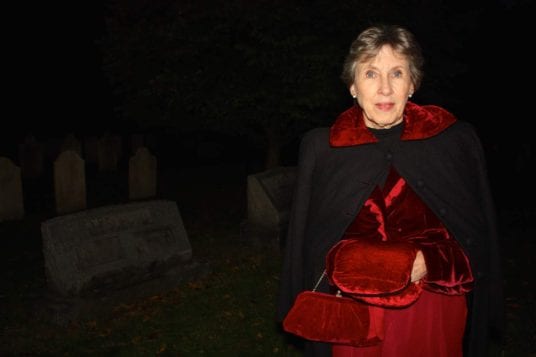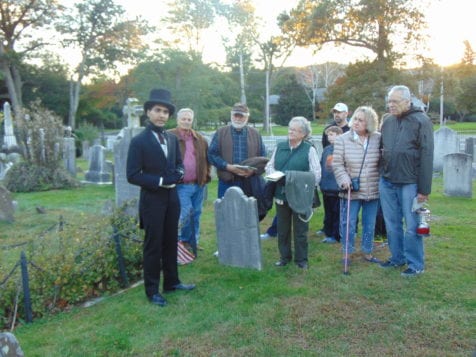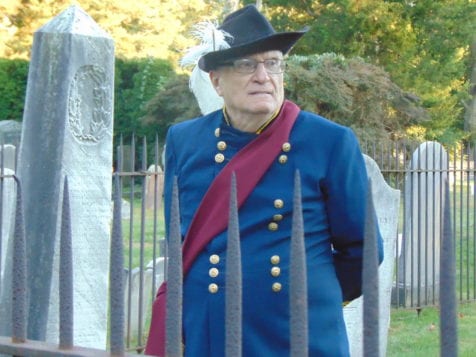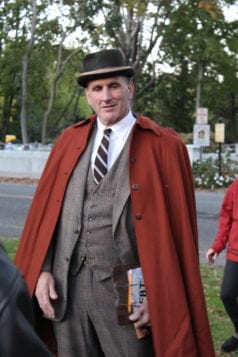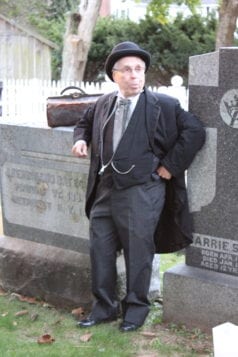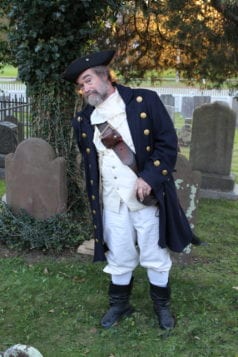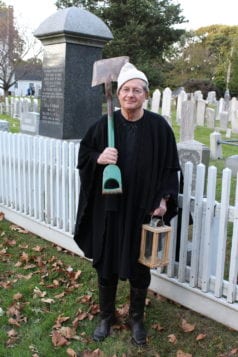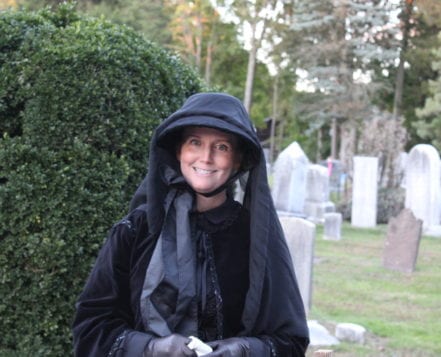1 of 11

Hundreds of trick-or-treaters enjoyed Halloween day at Stony Brook Village Center where store employees handed out treats. Photo by Rita J. Egan

Hundreds of trick-or-treaters enjoyed Halloween day at Stony Brook Village Center where store employees handed out treats. Photo by Rita J. Egan

Hundreds of trick-or-treaters enjoyed Halloween day at Stony Brook Village Center where store employees handed out treats. Photo by Rita J. Egan

Hundreds of trick-or-treaters enjoyed Halloween day at Stony Brook Village Center where store employees handed out treats. Photo by Rita J. Egan

Hundreds of trick-or-treaters enjoyed Halloween day at Stony Brook Village Center where store employees handed out treats. Photo by Rita J. Egan

Hundreds of trick-or-treaters enjoyed Halloween day at Stony Brook Village Center where store employees handed out treats. Photo by Rita J. Egan

Hundreds of trick-or-treaters enjoyed Halloween day at Stony Brook Village Center where store employees handed out treats. Photo by Rita J. Egan

Hundreds of trick-or-treaters enjoyed Halloween day at Stony Brook Village Center where store employees handed out treats. Photo by Rita J. Egan

Hundreds of trick-or-treaters enjoyed Halloween day at Stony Brook Village Center where store employees handed out treats. Photo by Rita J. Egan
Princesses, superheroes, ghosts, zombies and more filled Stony Brook Village Center Oct. 31 to take part in a day of trick-or-treating.
Store owners and employees handed out treats to the hundreds of costumed children who were accompanied by parents and four-legged friends — some in disguises themselves. In between trick-or-treating, children had the opportunity to take part in some Halloween-themed games and crafts.





















